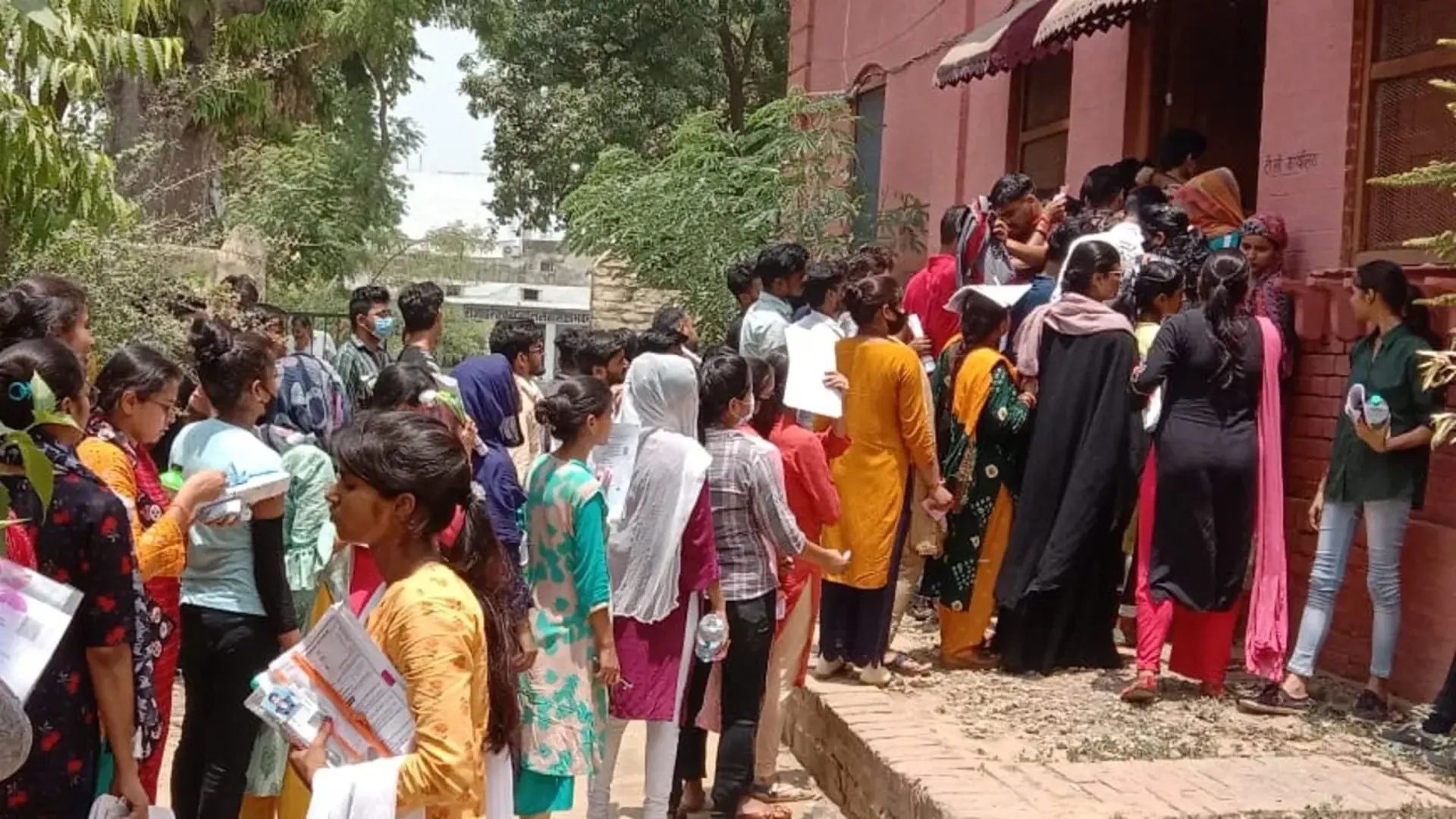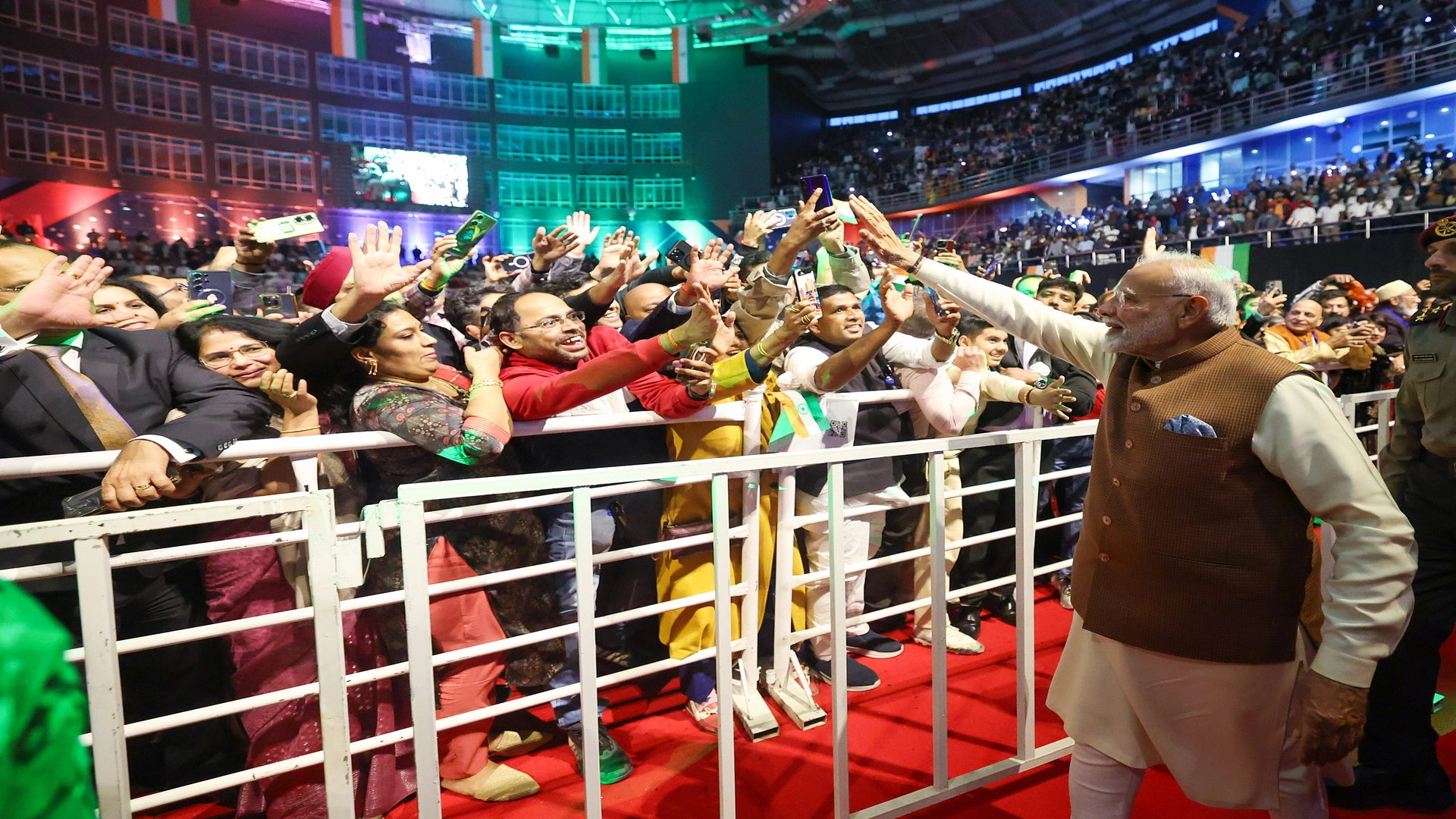During these testing times of the global pandemic and a persistent economic slowdown, Prime Minister Modi announced clarion call for a self reliant India,more popularly known as the “Atmanirbhar Bharat Abhiyan” on 12th May, 2020; for working and engaging with the world from a position of strength.The idea of selfreliance is in fact woven into the tapestry of India’s journey right from the Swarajya movement. The renewed pursuit of Atmanirbharta sows the seeds for a new course of long-term development, and the pivot on which India can emerge as a hub for manufacturing and investments.
The Prime Minister reflected on self-reliance in the globalised world with the world as one family “Vasudhaiva Kutumbakam” Self-reliance coupled with this traditional Sanskrit idea would ensure progress in the world. Prime Minister Modi urged all Indian citizens to be “vocal for local” and participate in this campaign with enthusiasm. Stressing on turning a crisis into an opportunity, he gave the example of PPE kits N-95 masks. Production in India has gone up from almost being negligible to 2 lakhs on a daily basis.
Economic activity has been impacted by Covid-19 pandemic and new opportunities for growth in sectors like agriculture, micro, small and medium enterprises (MSMEs), power, coal and mining, defence and aviation are the need of the hour. Driven by such pressing economic concerns, this campaign marks an important landmark in Indian economic journey. It was high time India charted its own course for growth as a market democracy, and this notion of a self-reliant country is a definitive step in this direction.
Impact on different sectors
The government has identified five pillars of Atmanirbhar Bharat, the economy, infrastructure, system, vibrant demography, and demand. The movement focusses on quantum jumps for the economy, and not just incremental changes; build an infrastructure that truly represents the modern India; promoting the vibrant demography of the largest democracy and full utilisation of power of demand and supply.
5 phases of Atmanirbhar Bharat:-
• Phase-I: Businesses including MSMEs
This phase focusses on long term sustainability and profitability of MSMEs. The Micro, Small, and Medium Enterprises sector is the most vibrant and dynamic industrial sector contributing significantly to the GDP and export while employing around 40 per cent of the Indian workforce. The Prime Minister’s speech emphasized that the MSME sector will act as the bedrock for economic revival.
Keeping this in mind, the definition of MSMEs has been revised to include more and more enterprises under its ambit. Under the new definition, the investment limit for micro, small and medium enterprises have been raised substantially and the distinction between manufacturing and services has been abolished. The Finance Ministry has created the “fund of funds” through which the government can take equity stake in certain MSMEs.
Additionally, the Modi government has announced collateralfree loans – with 100 per cent government-backed guarantee worth Rs 3 lakh crore for MSMEs in addition to Rs 20,000 crore for stressed MSMEs and Rs 50,000 crore equity infusion through “Fund of Funds”. This is path-breaking because the government will share the credit risk for this sector.
We have occasion o rejoice on our timely appreciation of the pandemic and impact on businesses and infrastructure and the alleviation of problems of adhering to timelines. The Indian government has been a forerunner in this direction and Government has issued circulars recognising the pandemic as a force major event and extending time for completion of infrastructure projects. This paves the way for completion of projects and reduction of litigation.
India faced one of the biggest challenges in Indian electronics manufacturing sector after the outbreak of Covid-19. India imports almost US$ 60 billion worth of electronic equipment, assemblies, components and raw materials every year. With the vision of Prime Minister Narendra Modi’s Atmanirbhar Bharat, Indian Government has raised import duty on electronic products which would reduce import dependency, boost local manufacturing and saving precious foreign exchange. As a prime example, in the past few months Indian mobile phone exports for FY19-20 stood at 3.6 crore units which is more than double the previous year’s 1.7 crore units. India needs to transform itself to an exporter. We have all the means; transformation is what we need.
• Phase-II: Poor, including migrants and farmers
Farmers and the rural economy have suffered during these trying times. During these times the Government has provided direct support to farmers& rural economy in the form of loans “kisan credit cards”, and infusing substantial capital in funds directed at rural development. Over eight-crore migrants not covered under the National Food Security Act (NFSA) or State’s scheme, will get free food grains for two months wherever they are stationed. In addition to the migrant workers and farmers, the movement focusses on small businesses, street vendors, housing sector and employment generation. The government plans to launch a scheme under the Pradhan Mantri Awaas Yojana that will provide houses at affordable rent for migrant labourers/urban poor.
Migrant workers, farmers and small businesses are the worst hit by the COVID-19 pandemic and these sustaining efforts will act as a shot in the arm.
• Phase-III: Agriculture
The government has realised that the agriculture sector requires long term agricultural reforms. At the centre stage of agricultural policy changes, is the deregulation of agricultural commodities from the Essential Commodities Act and removal of various restrictions on the sale of farm produce under various APMC of various States. the government has directed funds in the direction of micro-food enterprises (MFEs), animal husbandry infrastructure development fund, marine, inland fisheries and aquaculture, and infrastructural breakthroughs in the primary sector.
The slew of agricultural reforms measures under Atmanirbhar Bharat is indeed extremely timely and effective implementation would make the sector a reliable growth engine for the nation’s economy.
• Phase-IV: New Horizons of Growth
In this fourth tranche of the campaign, structural reforms were introduced through policy simplification and transparency. The focus was laid on fast track investment and clearance, done through Empowered Group of Secretaries and a Project Development Cells would be set up in each Ministry to prepare investable projects and coordinate with investors and Central and State governments. The key sectors which witnessed an improved liberalised regime, and enhanced private investments include coal industry, defence production, civil aviation, atomic energy sector, space activities of the nation and finally, the social infrastructure. This campaign also provides tremendous opportunity for homeland security industry as the focus has now turned to domestic manufacturing of arms and ammunition, instead of the previous practice of procurement from worldwide original equipment manufacturers [“OEM”s]. India is currently one of the largest importers of arms and ammunition in the world, and has spent over $ 100 billion in the past ten years on the same. Recently Ministry of Defence has announced a list of over 100 items that would be banned for import .Ministry of Defence also estimated that contracts worth almost Rs 4 lakh crore will be placed upon the domestic industry within the next six to seven years. Keeping in mind the scheme of Atmanirbhar Bharat, Ministry of Defence approved acquisitions worth 31,130 crore from Indian entities. All the equipment will be manufactured in India, involving the domestic defence industry, with participation from several MSMEs as prime vendors, the Defence Ministry said in a statement. This marks a revolutionary step towards self reliance and economic growth.
The several initiatives introduced by the government would significantly help economic growth and create jobs. A regulated form of investment and liberalization of the clearance process would invite local private companies to modernize the country and kick start a new industrial revolution for the modern India.
• Phase-V: Government Reforms and Enablers
The reforms for providing employment, supporting business, promoting ease of doing business, supporting the state governments and boosting education and health were emphasized in this phase.
The Atmanirbhar Bharat Abhiyan focuses on skill development and mapping employment opportunities to the skill sets of migrant workers. The government has also decided on decriminalizing defaults (majorly, compoundable offences) mentioned under the Companies Act, to facilitate ease of doing business. A public sector enterprise policy has been introduced to categories strategic sectors for better efficiency. The plans under this tranche have the potential to create opportunities for technical institutions to use their expertise in developing products that can be used to meet market demand.
Therefore, it can be concluded that this movement is appreciable as the government has focused on different groups in need in different tranches. Every phase is focused on a particular sector of the economy leaving none ignored in the process.
Self-reliant India is rooted in the Indian history. Chartering the Indian economic growth by way of self reliance is the most suitable option in the current circumstances. In addition to making India self-reliant, it will also charter the way to making it globally competitive. It will boost local manufacturing, non-permanent supply chain and will also help in converting local products into global brands.
To achieve real self-reliance, the country needs to incentivise innovation, research and development to keep India at the cutting edge of the industry. These can be achieved either through the setting up of global innovation centers in India or through partnerships between leading Indian research/academic institutions and their global counterparts. While the seeds of such collaboration already exist in the form of the NASA-ISRO partnership and joint vaccine development efforts for Covid-19, these ties should be enhanced across institutions and fields. The campaign has attempted to take similar measures which allow India to take a massive leap in regard to growth in technology and innovation.
Self reliant India is key to reversing the economic slump. We have converted negative into positive energy by infusing much needed transformation. The corona outbreak has shown us the importance of local markets and local supply chains. It is important to adopt the mantra of “local” and work towards its progress. Obviously Self-Reliant campaign and relief package puts bold reforms and momentum at the heart of Government’s plan to make India a selfsustaining economy.
Atmanirbhar Bharat Abhiyan and Prime Minister Sh. Narendra Modi’s motivation for the countrymen to be vocal about our local products will incentivise Indian made products while promoting them as global brands. Progressive and aggressive policy was needed to infuse confidence and propel the economy and its principal stakeholders forward. Atmanirbharta has shown the way forward.
Sr. Adv. Pinky Anand has served as the Additional Solicitor General of India (ASG). She has also served as the head of All India Legal Cell of the BJP. She practices in the Supreme Court & Delhi High Court.







